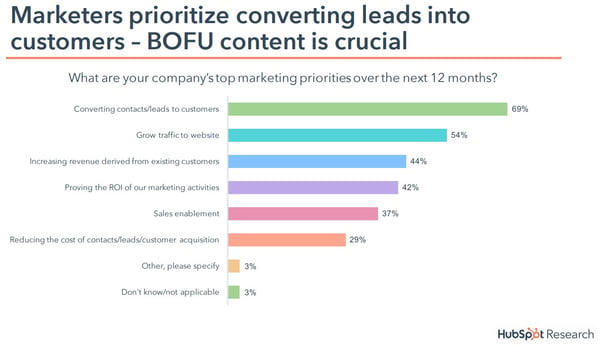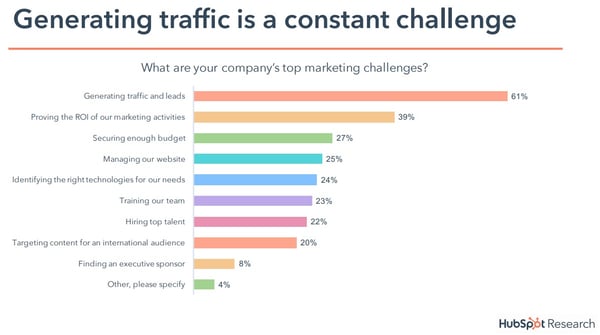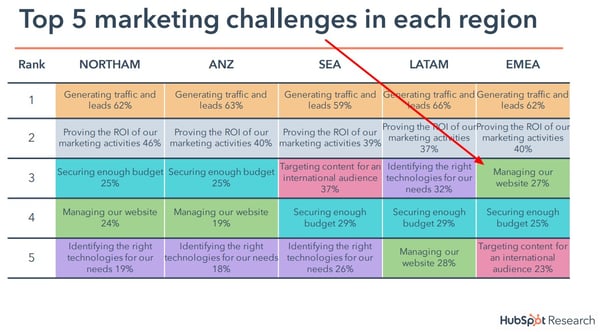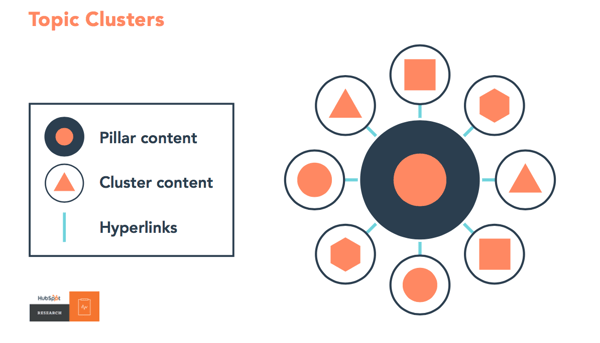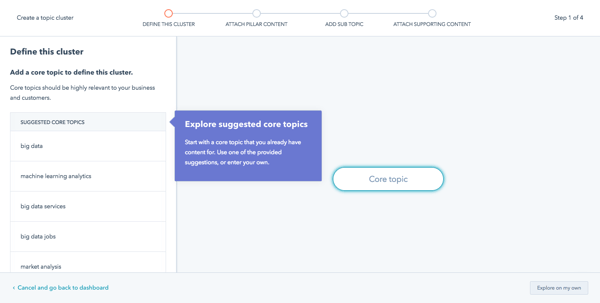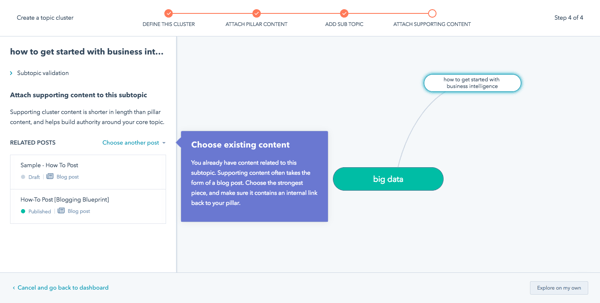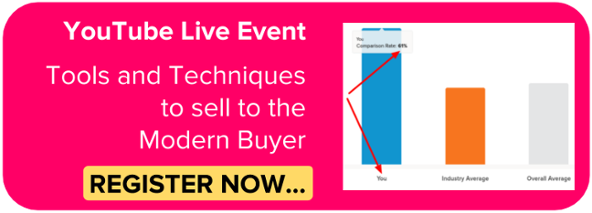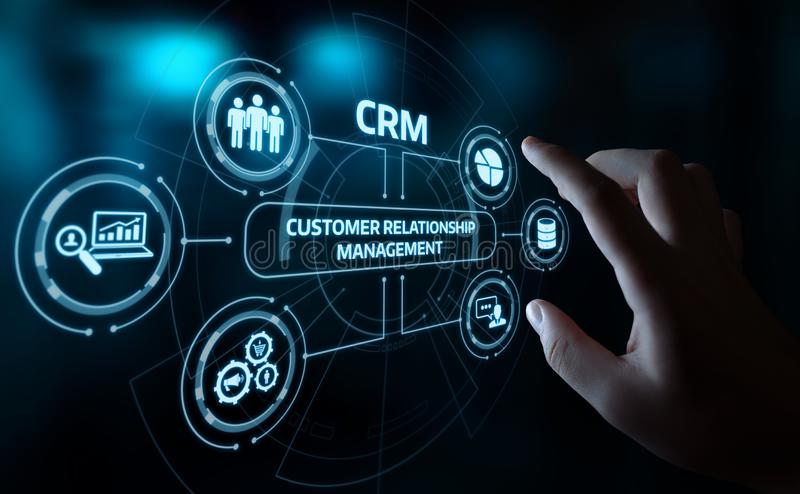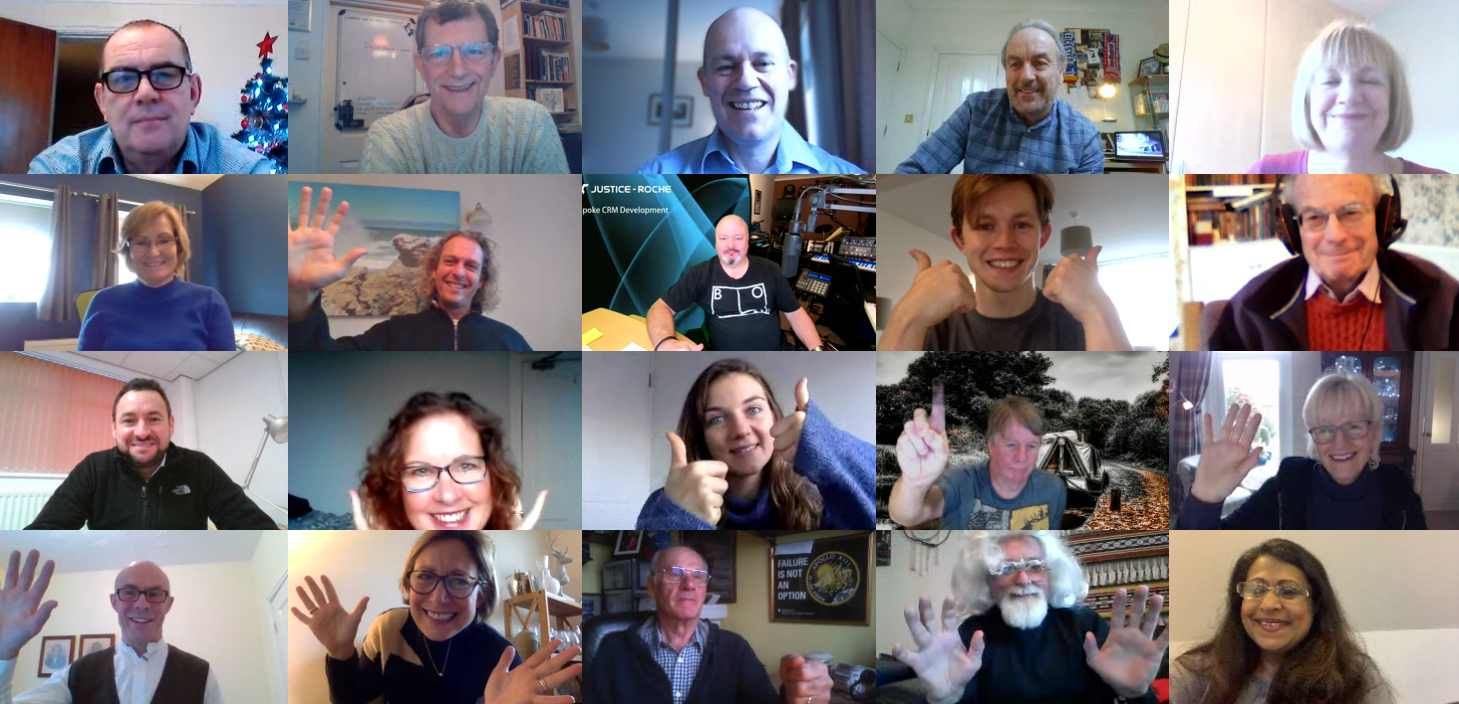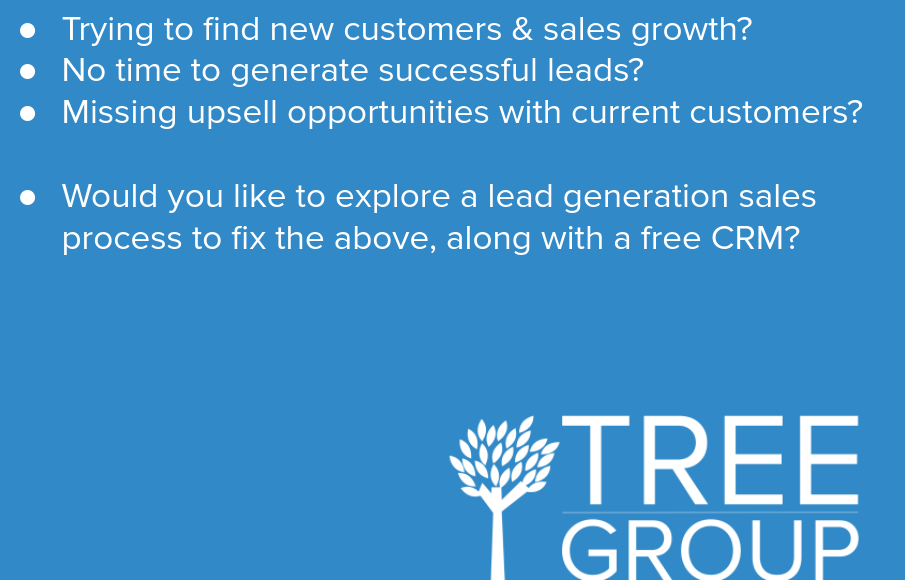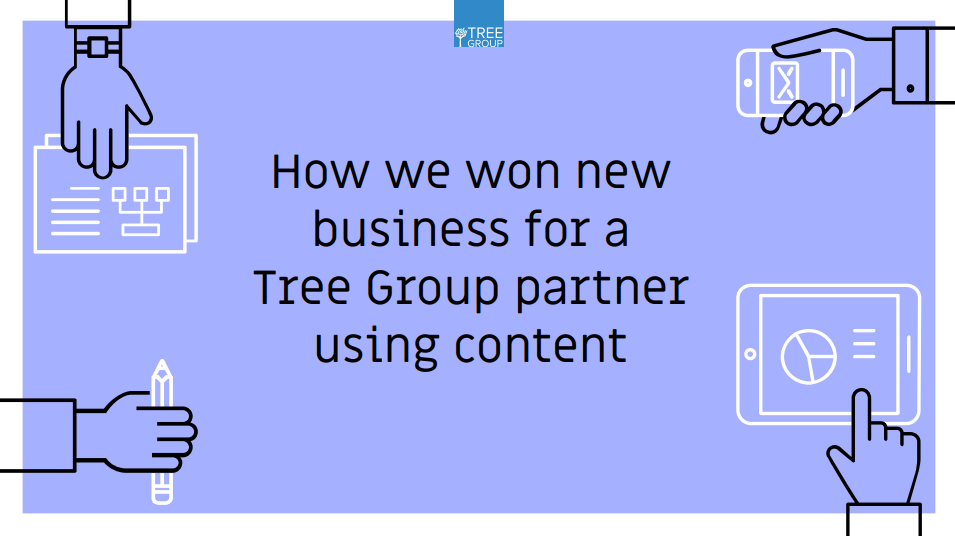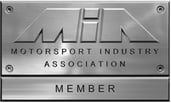This time we're explaining why your website should be one of your top performing salespeople, why you need website traffic, and tips for Automotive companies to increase website traffic.
As always you can listen by watching this video or read on...
Top priorities and challenges
The state of inbound 2018 report shows the top priority of marketers is to win new customers. However, to do that in an efficient and scalable way means you need to get your website performing and actively attracting your ideal customers so they convert into leads. After all, your website can handle an infinite amount of visitors and answer many many questions = it's scalable.
With 54% of marketers having 'grow traffic to website' as a top priority, it means you have to work harder to stand out and get your website into search results, social media, and referring sites. For this reason, it's no surprise that generating traffic is a constant challenge.
It's also no surprise that many companies find it difficult to manage a website. Why? Because their systems are difficult to use, one of many other systems, and with no direct way to track website performance back to visitors, leads, customers, and revenue.
And these priorities and challenges are a constant. So, what can you do to make it easier to manage a website and attract your ideal customers? Keep reading...
Understanding your ideal customers
Before you do any work on increasing your website traffic, you need to know your ideal customers. Take some time to research your customers, prospects, leads, contacts, and even lost deals. Selling the way your ideal customers buy is a fundamental part of how inbound works and this is the most efficient way to differentiate from your competitors to sell your products and services.
Get some inspiration here on our page about ideal customer research.
From SEO to Topic clusters
An important part of attracting ideal customers to your website is getting your website into search results in Google and other search engines. It's one of the main ways that B2B decision makers in Automotive find solutions. You've probably heard of Search Engine Optimisation (SEO), which used to be trying to rank for certain keywords. Well, that's not enough anymore. Why? Because everybody searches differently and this is both the pros and cons about seo. Instead of trying to rank for some specific keywords, you need to rank for a topic. Enter Content Strategy:
Working from the results of your ideal customer research, you'll plan your content strategy.
If you use the right all-in-one business growth tool for sales, marketing, and website, you'll have access to a Content strategy tool where you conduct keyword research around topics.
You'll create your pillar content (this is one of our pillar pages) and then use the content strategy tool to research what you'll create for your multiple pieces of cluster content that link back to the pillar page (what you're reading now is one of our blog posts used as cluster content).
Here's an example of the content tool and topic suggestions:
And, here's an example of using the tool to plan your cluster content:
When deciding what to write about, consider:
- What your ideal customers will find helpful
- How easy is it for you to attract traffic for each topic
- Monthly search volume for each piece of content
- Relevancy of the topic to what you do
- How similar cluster content is to your pillar page
On a quarterly basis, you'll want to create new content topic pillar pages with supporting cluster content being published throughout the quarter. This helps you build up thought leader content and campaigns that will be part of generating a regular flow of high quality visitors to your website.
The path to convert visitors into leads
Attracting website visitors is only one part of the story. You'll need to plan your conversion paths to be efficient at converting website traffic into leads; however, I'll get to that in a future post. For now, just consider that any content strategy also needs to include:
- Blog posts and pages with Calls to action
- Calls to action that lead to landing pages with forms
- Forms that capture details that lead to thank you pages and emails
- Thank you pages and emails that encourage further conversions
- And, email automation that educates and nurtures leads
Link your content into campaigns
You'll want to use a campaigns tool to link all content together so you get a clear view of visitors, leads, and customers to know the success of each campaign.
We use HubSpot as the campaigns tool (and other tools mentioned in this article) are included in their growth stack and it means we can link the following assets back to a single campaign:
- Landing pages
- Emails
- Calls to action
- Blog posts
- Site pages
- Social messages
- Paid campaigns
- Other sources
- Workflows
That's a lot of separate assets so the ability to link all to a single campaign is the only way to know your true ROI and to know how to improve future campaigns.
Creating content, publishing, and sharing
Working from your strategy, it's now time to create a regular flow of content. Getting inbound to work isn't an overnight success. It will take at least 3-6 months and when done correctly and consistently it will give you a regular flow of website traffic that convert into leads, where the leads are educated and nurtured so when sales make contact they're talking to people that are more qualified and with a higher chance of becoming a customer.
Content takes time so I'd suggest this if you're just starting out:
1 x Quarterly pillar page
As mentioned before, the pillar page is your main resource for each content topic. You could even have multiple campaigns for a single pillar page, but lets keep to the basics for now.
This will involve creating the pillar page with CTAs that lead to the quarterly offer page to convert website traffic into leads.
1 x Quarterly offer
Create and publish one offer per quarter that relates to your content topic and campaign. Something helpful and of value that will encourage your ideal customers to give their details (on a landing page) in exchange for the offer. Think whitepaper, how to document, research etc.
This will involve creating the offer document, video, or service etc, a CTA, landing page, thank you page, thank you email, and associated lead nurturing emails and workflows.
2 x Blog posts per week
Based on the quarterly offer and your agreed content topic and campaign, you need to create regular content that is shared on your blog post. Keep it at a reasonable length so it contains enough to help with good information and SEO but not so it takes too long to read.
You might want to consider making your blog posts available in different formats so they're as easy as possible for people to read. We've started trying video versions (embedded in this article) so our website visitors have the option to listen or read. It's also a quick way to repurpose your content on YouTube as another channel to attract visitors and leads.
This will involve creating each blog post that links back to your pillar page and includes CTAs to drive traffic to your offers. Try a text CTA near the top of the post (to capture visitors that don't read the whole post) and a graphic CTA at the bottom.
3 x Social shares per day on each channel
Now that you have your website content you'll want to regularly share it across social media. The platforms that work the best for Automotive are typically LinkedIn, Twitter, and Facebook. However, as we use HubSpot, we have auto publishing setup for every blog post that goes live so it's easy for all of our content to be shared across other platforms like Google+ as well as personal profiles on LinkedIn and Twitter.
I've said to share 3 x per day but it really depends on your audience. You could share less on LinkedIn and Facebook and more on Twitter. Keep it regular, tag others, and engage with those that comment on your content so you're not just posting. After all, it is SOCIAL media.
Don't just share a piece of content once. At the start of each month take a look back to see what content performed the best and reshare it.
1 x Marketing email per month
Email is still the primary channel for B2B decision makers in Automotive. Not everybody will see your blog posts or social posts so you could run a regular email newsletter with a round-up of your latest content.
The email marketing tool we use in HubSpot allows us to setup an automated email that goes out on the 1st of every month with up to 10 of the previous months blog posts. This is an option to help you with time and manual tasks.
However, this is where you need to get as targeted as possible. Don't just send mass emails out to all. Create segmented emails so the content is relevant to your audience. Don't keep sending emails to people that never open them. Regularly cleanse and update your list, consider sending break-up emails to see if people want to unsubscribe - that will all help your sender score and email deliverability.
Next
That completes this article. Next time we'll look at how to convert traffic to generate leads from your website.
You can learn more here about how inbound works for sales and marketing and if you have questions, book a free business growth consultation.
Credit: Thanks to HubSpot State of Inbound, and HubSpot Blog


